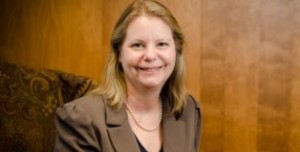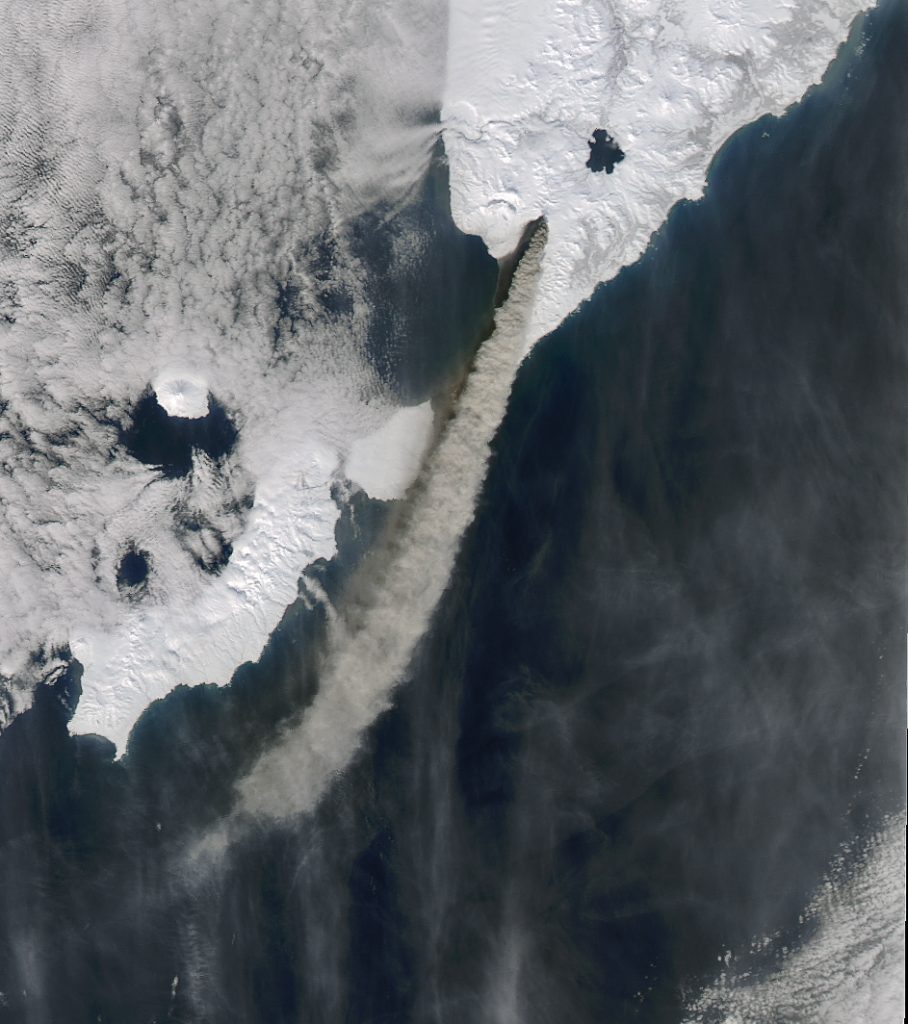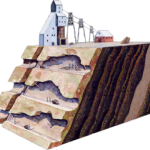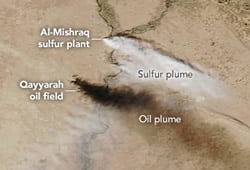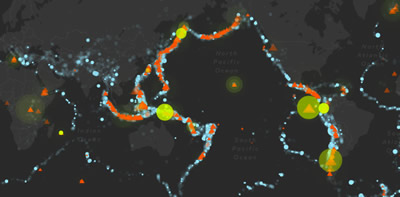The Ontario Geological Survey, Ministry of Northern Development and Mines and the A. E. Seaman Mineral Museum teamed up to co-host the 63rd Annual Institute on Lake Superior Geology held in Wawa, Ontario May 8-12.
This professional meeting consisted of two days of technical sessions with 29 oral and 22 poster presentations. There were three geological field trips before the technical sessions and three after.
The meeting was attended by 137 geologists from the US and Canada. Academic institutions (58 members), government agencies (28 members), and mining and consulting companies (36 members) were well represented among attendees.
Margaret Hanson, museum assistant director, served as registrar for the meeting while Ted Bornhorst, museum executive director and professor, organized the meeting sessions, handled finances and decided on travel awards to students.
The Institute publishes technical volumes in hard copy for each meeting and offers them open-access online after the meeting is completed.
Bornhorst and Hanson co-edited the Institute on Lake Superior Geology, Proceedings Volume 63, Part 1: Program and Abstracts (97p.). They also compiled Part 2: Field Trip Guidebook (204p.).
The Institute is well regarded for its high quality field trips having recently won a national award from the Geoscience Information Society for the Outstanding Geologic Field Trip Guidebook Series.
The Institute initiated a new annual award for 2017, Pioneer of Lake Superior Geology, to recognize those individuals who made significant contributions to the understanding of the geology of the Lake Superior region primarily prior to the Institute’s awarding of the prestigious annual Goldich Medal in 1979.
The first Pioneer of Lake Superior Geology is Douglass Houghton (1809-1845). Bornhorst nominated Houghton for the award and wrote, along with Larry Molloy, President of the Keweenaw County Historical Society, the two-page biographical sketch published in the Proceedings Volume. As the first speaker for the technical sessions, Bornhorst provided the highlights of the important attributes that contributed to Houghton’s success.
By Ted Bornhorst, A. E. Seaman Mineral Museum.


